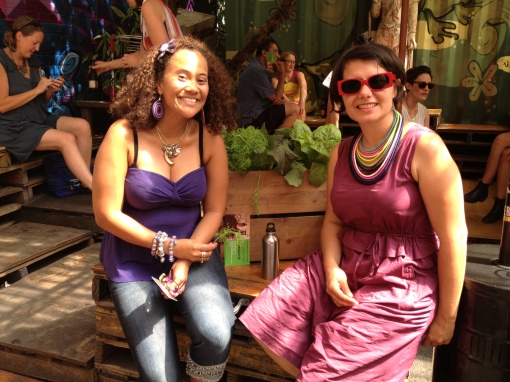Do you know the Landfill Harmonic project?
A documentary about the story of the people of Cateura, Paraguay, a slum built on a landfill where residents pick through trash to make music instruments. Imagine a cello made of oil can? That’s amazing! The orchestra, its creator and the players are an example of human strength, solidarity, creativity and truly give hope in a better future.
This project will become reality only if we show our support. The Landfill Harmonic is part of the Kickstart project and if like me you too become a “Backer” a movie about this inspiring project will be released soon. This project is not only changing lives but it also contributes to a better environment. All instruments are recycled, literally made our of trash. Let’s help these kids to have hope and inspire a better future through the music.
C’mon show your support! CLICK HERE NOW TO BACK UP THE PROJECT!
Landfill Harmonic: Inspiring dreams one note at a time! Click here to watch the trailer.
I’ve made my donation today and I hope you too will show your support.
Only 20 days left to back up the project!
Related articles
- Trash making treasure! Landfill Harmonic (sustainableandfashionable.wordpress.com)
- Recycled Orchestra turns trash into music and despair into hope in Paraguayan slums (treehugger.com)






















